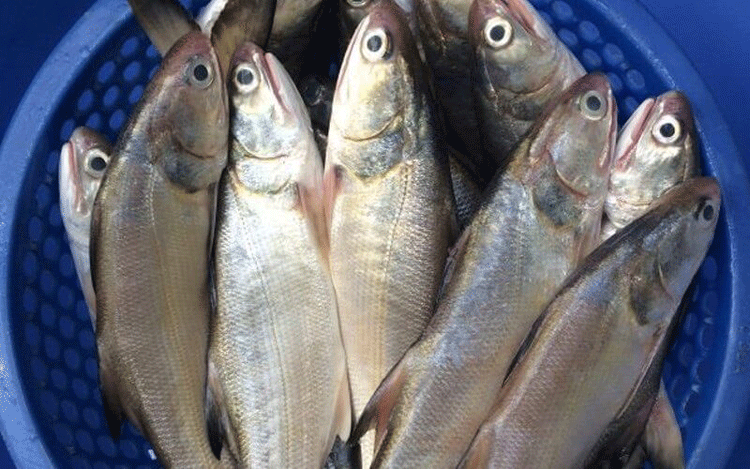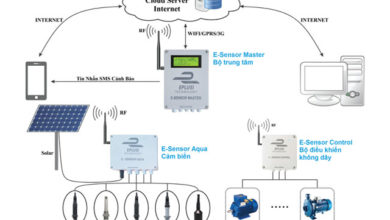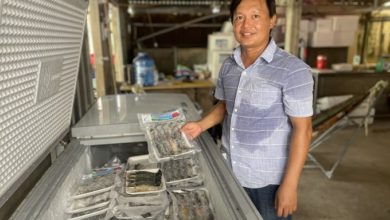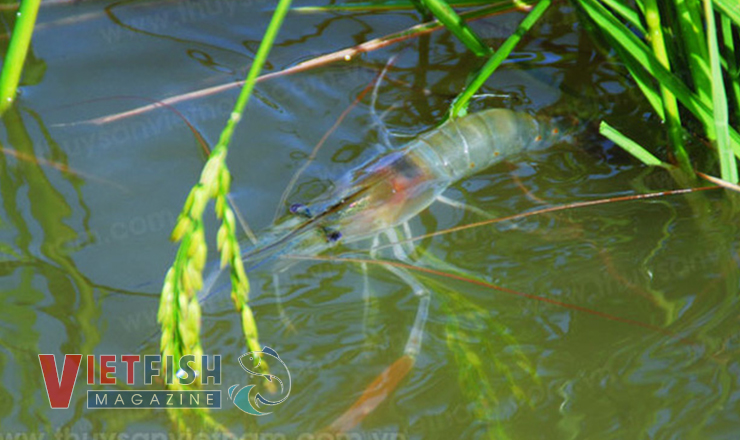Amberjack and fourfinger threadfin open new avenues for marine aquaculture in Vietnam
Vietnam is making significant strides in marine aquaculture diversification with two native fish species, amberjack (Seriola dumerili) and fourfinger threadfin (Eleutheronema tetradactylum), offering new opportunities for both offshore and brackish-water farming.
Promising species for diversified farming models
According to Associate Professor Dr. Dang Thi Lua, Director of the Research Institute for Aquaculture No. 1 (RIA1), these two species have already been farmed industrially in markets like Japan (amberjack), Taiwan, and China (threadfin). Vietnam, with a 3,200 km coastline and favorable conditions, holds great potential to expand aquaculture of both species.

Amberjack is suited for marine cage farming, while fourfinger threadfin thrives in brackish-water ponds, particularly in coastal zones and areas where shrimp farming has struggled.
Vietnam has successfully achieved artificial reproduction of the fourfinger threadfin. In 2019, two technical processes, one for breeding and transporting fingerlings, the other for commercial pond farming, were officially certified. Despite these advances, threadfin farming remains limited in scale due to incomplete commercial farming technologies and the lack of a defined market.
To address this, Dr. Lua emphasizes several crucial improvements:
– Establishing large-scale, high-quality broodstock to produce enough fingerlings for commercial farming. RIA1 is currently building a 10,000-fish broodstock population.
– Increasing breeding frequency. At present, Vietnam only induces spawning once a year, while Taiwan achieves multiple cycles annually.
– Addressing mortality in fish weighing 300 – 500 grams, linked to poor digestion and intestinal diseases. While Taiwan has specialized feeds for threadfin, Vietnam does not. The development of dedicated feed is thus a priority.
A breakthrough with amberjack breeding
Vietnam is also leading global efforts in amberjack aquaculture. RIA1 has developed a broodstock of around 80 amberjack weighing 7 – 16 kg each. Artificial spawning trials began in April 2025, using both tanks (easier to monitor but colder) and greenhouse-covered ponds (warmer but harder to supervise).
Results varied significantly: fish in tanks were less responsive and showed poor feed intake, with high mortality after 20 days. In contrast, fish raised in ponds adapted better, began feeding on formulated diets by day 18, and achieved a survival rate of 25 – 30%.
Successfully transitioning juvenile amberjack to industrial feed marks a major milestone. The juveniles are now being raised at the National Marine Seed Center in Cat Ba, Hai Phong, with plans for commercial farming trials underway.
Countries like Japan and China have long attempted to breed amberjack in captivity, but cold climates and unsuitable larval feed have hindered success. Vietnam, now having achieved artificial spawning and early-stage grow-out, could become the first country capable of commercially producing amberjack fingerlings at scale.
Unlocking potential with targeted support
RIA1’s recent breakthroughs, successful threadfin fry production and promising amberjack spawning, have positioned Vietnam at the forefront of marine fish seed independence.
Dr. Lua suggests further steps aligned with Vietnam’s Resolution 57-NQ/TW:
– Finalize protocols for breeding and farming amberjack to match domestic conditions.
– Refine threadfin farming technology, particularly multi-spawn induction, mid-stage mortality reduction, and development of species-specific feed.
– Launch a national program to scale up threadfin farming for export with the involvement of private-sector partners.
Global insights: threadfin and amberjack farming trends
– In Malaysia, threadfin is among 15 prioritized species in national aquaculture strategy.
– India, Bangladesh, and China use threadfin to replace shrimp farming in degraded, disease-prone coastal ponds.
– In Taiwan, threadfin has emerged as a major export species, with annual production reaching 300,000 tons, 70% of which is exported to China as fresh or frozen fish. Market prices range from VND 250,000 to 300,000/kg.
– In Japan, amberjack dominates marine aquaculture, accounting for over 50% of output. Annual production stands at 100,000 – 150,000 tons with market prices around VND 1 million/kg. However, Japan still relies on wild-caught fingerlings or imports for seedstock.
With sustained investment and targeted reforms, Vietnam is on track to become a global leader in marine fish aquaculture innovation.
VFM






